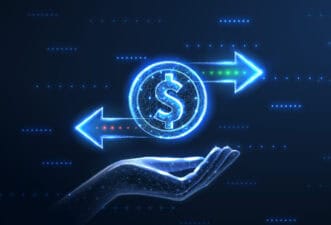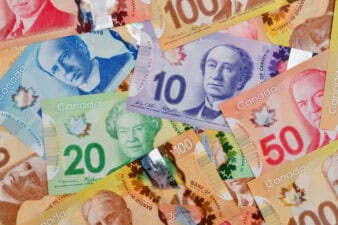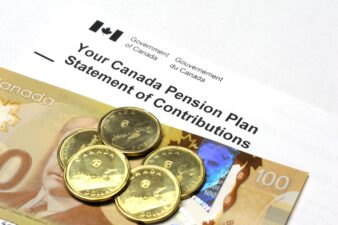If you’re like most Canadians, you’re probably used to getting money from the Canada Revenue Agency (CRA). Tax refunds, GST/HST cheques, and the list just goes on and on. For the most part, these cheques are automatic and routine, triggered by you filing your taxes. That’s not always the case, though. In some cases you need to take special care to report special kinds of income in order to receive a cheque that in principle is owed to you. In this article, I will explore three “lesser known” tax credits that can result in your receiving big cheques from the Canada Revenue Agency.
Dividend tax credit
Ever felt like not reporting dividend income to the CRA. “It’s just a few hundred bucks, who’s gonna notice?” right?
Wrong!
The CRA is deeply embedded with Canada’s Big Five Banks. If you have a brokerage account, the CRA probably knows about it. Also, if your tax rate is 17% or less, you actually get a refund from holding TSX dividend stocks, rather than paying in. This is because of a little known credit called the dividend tax credit. The dividend tax credit slashes 15% off your dividend taxes, no matter what your tax rate is. It also “grosses up” your dividend income, meaning that the credit is actually worth more than 15%. I recently worked out that a person with a tax rate as high as 17% would get a refund due to the dividend tax credit – even if their pre-credit taxes had already been paid in full!
Imagine you held $100,000 worth of Toronto-Dominion Bank (TSX:TD) stock. It’s a dividend stock with a 5% yield, meaning that you get $5,000 back per year for every $100,000 you invest. Here’s how the dividend tax credit affects that dividend income.
First, the $5,000 in TD Bank dividend income is “grossed up” (multiplied by 1.38) to $6,900.
Then, the tax credit is calculated as $6,900 times 15%. That’s $1,035.
Finally, the credit is subtracted from the person’s marginal taxes to get the amount owing or owed.
Now, the “gross up” is only used in calculating the dividend tax credit. You are not actually taxed on the grossed up amount. You’re taxed on the TD Bank dividends you were paid. So let’s say you have $20,000 in employment income and $6,900 in eligible dividends. If your tax rate on that $20,000 is 17%, then you owe $1,020. However, the dividend tax credit is worth $1,035, so what you actually get is an extra $15 added to your tax refund. Magic!
Provincial benefits
Another type of tax credit that can trigger a refund is provincial tax credits somewhat similar to the Federal GST/HST credit. Examples include the Newfoundland and Labrador Income Supplement and the Ontario Staycation credit. Amounts for these credits, and the refunds they trigger, vary by province.
Canada workers’ benefit
Last but not least, we have the Canada Workers’ Benefit. This is a $1,423 cheque you can get if your income is less than $23,595. It’s reduced for each dollar of income up to $30,015, at which point you stop getting benefits. You claim the CWB when you file your taxes. It’s one of the bigger cheques the CRA sends out, so be sure to claim it if you’re eligible!








